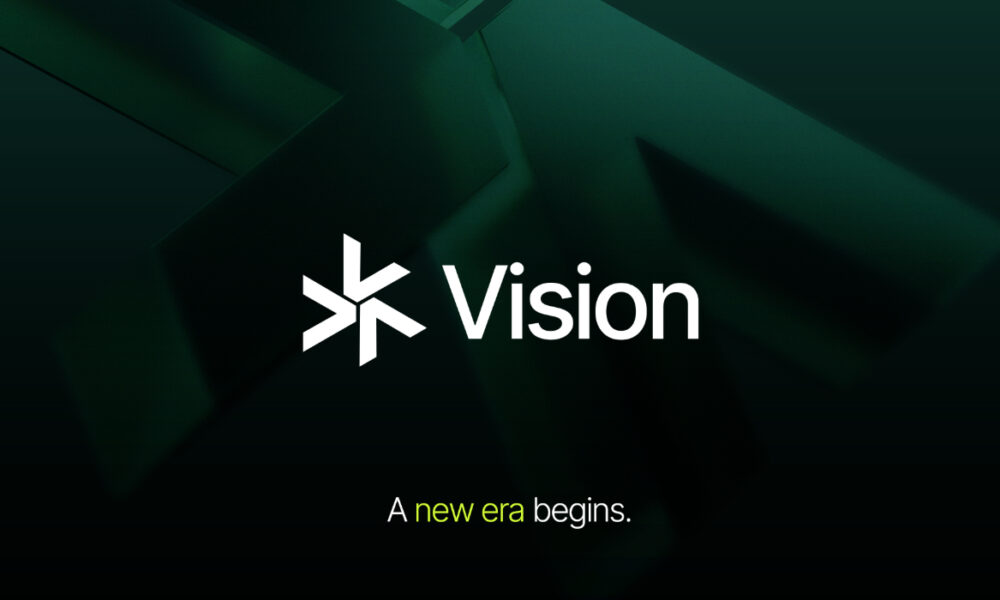The auto industry is changing rapidly. Cars nowadays are not just machines to take one from point A to point B. They arrive loaded with screens, sensors, and software that make them feel more like smartphones on wheels. Self-driving assistance, voice controls, and fully electric powertrains are becoming standard. As the hype around high-tech vehicles continues to build, financing one is a decision that requires more consideration than it might appear. Technology brings an additional layer of convenience and efficiency, but it also brings complexity. Before signing up for a loan or lease for a high-tech car, it’s worth taking a step back to think about what you’re signing up for. A bright digital dashboard may look impressive today, but what will happen in five years? It’s not just about being able to pay for the car – it’s about being prepared for the long haul.
1. The Value of Technology Changes Rapidly.
The futuristic features attract people to high-tech cars. Touchscreens, autopilot modes, and smart charging systems, all of it looks and feels modern. But the thing is with technology: it ages quickly. A model that is cutting edge today may become outdated sooner than anticipated. With newer versions being released with new software and better features, the resale value can decrease faster than that of a traditional car.
Whereas gas-powered vehicles may depend on proven mechanical parts, high-tech vehicles are heavily judged by their tech stack. Buyers can check the software version a car runs or the number of updates it has received. This continuous change makes it difficult to estimate a car’s value in a few years. If financing is spread out over a long term, the car’s value may not be able to keep up with the payments being made on it.
2. Repair and Maintenance Can Be Complicated
Modern cars now rely heavily on software and specialized parts. This means a visit to the mechanic isn’t always as straightforward as it used to be. A simple warning light might now require a diagnostic scan, firmware update, or replacement of a smart component. In some cases, only certified technicians or brand-specific repair centers can handle these issues.
That can drive up repair costs and potentially lead to longer waiting times. Especially for newer or less widely available brands, getting replacement parts or even booking a repair appointment may not be quick. In some cases, owners find themselves dealing with remote software fixes or needing to ship parts across the country.
While warranties can cover many of these issues early on, they don’t last forever. Will local repair shops be able to handle this car? What happens if an essential feature stops working?
Considering these questions before signing off on a loan can help avoid unwelcome surprises down the road. Not all dealerships mention these details upfront, but they matter just as much as interest rates or monthly payments.
3. Financing Options Are Not All the Same
When looking to finance a high-tech vehicle, many buyers go straight to their bank or credit union. Some take offers from dealerships without much comparison. But with advanced vehicles, especially electric or smart ones, there are often brand-specific financing programs worth exploring. These can include lower interest rates, special lease deals, or even incentives tied to software upgrades and charging support.
One such example is Rivian Finance, which provides tailored options for those purchasing Rivian’s electric trucks and SUVs. These programs sometimes consider things that traditional lenders don’t, like battery longevity, software maintenance, or the value of over-the-air updates. While this kind of financing may not be right for everyone, it reflects the shift in how vehicle loans are structured for next-generation cars.
It’s also worth thinking about the kind of financing that makes sense long-term. Leasing might appeal to those who want to upgrade often and avoid worries about depreciation. On the other hand, buying outright or through a longer-term loan might suit someone looking for ownership and long-term use. With high-tech cars changing fast, leasing can sometimes offer a safer way to stay current without being locked into outdated features years later.
Conclusion
High-tech vehicles offer a glimpse into the future, bringing efficiency, comfort, and innovation to the road. But behind the sleek design and smart features are practical considerations that deserve attention. Technology moves fast, and that affects value, repair costs, and even how a car is financed. Before committing to payments that stretch over several years, it’s worth asking some tough questions.
Sources:
https://www.bankrate.com/loans/auto-loans/auto-loan-pros-and-cons/



































